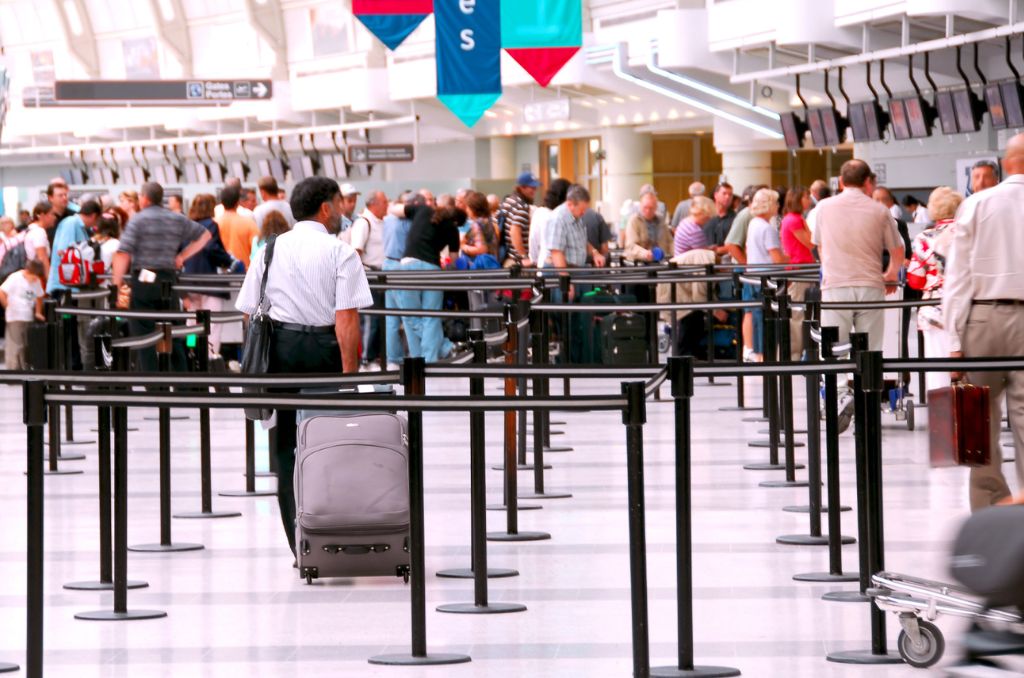Global Tourism on Track for Full Recovery by Year-End with Spending Outpacing Arrivals

After several challenging years, the global tourism industry is finally on the brink of a full recovery. With spending levels now surpassing pre-pandemic figures, the travel sector is proving its resilience and adaptability. In this blog, we explore the factors contributing to this resurgence and what the future holds for global tourism.
The Road to Recovery: How Global Tourism is Bouncing Back
The travel industry faced unprecedented challenges during the pandemic, but recent statistics show a remarkable turnaround. As travel restrictions lift and vaccinations roll out globally, tourists are eager to explore once more, leading to a fast-paced recovery. A great deal of this resurgence can be attributed to the robust growth seen in international travel sectors across numerous regions, as reported by recent data from the UN World Tourism Organization. This compelling momentum is highlighted by an impressive 98% recovery rate achieved by September 2024. Consequently, this surge not only surpasses expectations but also sets the stage for potentially exceeding pre-pandemic visitor numbers by year-end.
Integral to Tanzania’s tourism recovery, the Tanzania Association of Tour Operators (TATO) has played a crucial role. As a dynamic entity uniting tourism professionals, TATO fosters an environment ripe for growth through strategic initiatives such as safety enhancements and market outreach. Notably, TATO’s proactive measures in supporting international collaboration help boost Tanzania’s appealing visitor experiences, a prime example of which includes the recent impressive 43% increase in arrivals. This upturn highlights how countries can harness tourism to elevate economic profiles amid global competition.
In a world still grappling with varying degrees of restrictions, tourism recovery has been uneven across geographies. A fascinating data point from the Moodie Davitt Report highlighted the particularly strong recovery in the Middle East which, according to UNWTO data, achieved over a 30% increase in international tourist arrivals compared to 2019 levels. Such numbers testify to the pent-up demand for travel combined with the region’s strategic focus on spurring inbound tourism through improved connectivity and hospitality excellence.

Spending Trends: Outpacing Tourist Arrivals
Intriguingly, global tourism spending has outpaced the growth in tourist arrivals. According to a recent UNWTO report, the spending in international tourism receipts posted double-digit growth in many destinations compared to 2019. The rise in spending underscores a shift towards high-end experiences as travelers, facing the post-pandemic world, opt for longer and more immersive trips.
In a reflection of the sector’s resilience, the World Travel & Tourism Council projects an astounding $11.1 trillion contribution to global GDP from travel and tourism in 2024. This significant injection into the world economy is partially motivated by a greater willingness seen among tourists to spend on premium travel packages and unique local activities, thus significantly boosting the sector despite fluctuating international visitor arrivals.
Undeniably, this phenomenon of spending chasing fewer numbers is due to the enhanced value perceived in carefully curated travel experiences. Discussion around these dynamics is prevalent particularly in mature markets like Europe and North America. Travelers from these regions tend to seek richer cultural immersion, as highlighted in a Visa report projecting a near-full recovery in cross-border travel banking on higher per-trip expenditure.
Such spending behaviors are bolstering economies in popular destinations and contributing more profoundly to local business growth than mere numbers of tourists alone could. This insight prompts tourism stakeholders to re-evaluate strategies to leverage the spending power of fewer yet more economically impactful visitors.
Key Factors Driving the Resurgence
The global tourism ecosystem is recuperating thanks to several driving factors. One major element is the reduction or removal of travel restrictions, allowing easier international movement. Another is the [growing preference for quality over quantity in tourist experiences]. Travelers today are more inclined to invest in enriching, memorable encounters over mere destination hopping.
Furthermore, innovative marketing strategies by travel companies are proving essential in re-establishing connections with a global audience. Robust platforms where tourists can explore, plan, and book their itineraries are indispensable in this era. Flexible booking policies also play a significant role, offering tourists the security of adjusting travel plans with ease, fostering confidence to commit to travel.
Emerging markets such as Tanzania are also set to benefit from ambitious cross-collaborative projects like the ones initialized by TATO, which are adept at meeting international standards. These collaborations further amplify the positive repercussions of tourism by integrating a blend of technology, customer service enhancements, and sustainable practices into their offerings.

The Role of Sustainable and Responsible Tourism
Sustainability is increasingly at the forefront of tourism recovery. As noted in the Savills report, the resurgence of tourism has coincidentally raised the bar for environmental accountability. Tourists are not just seeking destinations, they are seeking destinations with ethical operations that contribute positively to social and ecological systems.
Such efforts are embraced by entities like TATO, which provides guidance on sustainable tourism practices to its members. Encouraging eco-friendly accommodations, promoting local economies, and respecting cultural integrity have become vital components of travel itineraries for conscious consumers. These sustainable practices represent not just a feel-good factor but are now central strategies that destinations and operators must adopt to secure future travel demand.
Future Predictions: What Lies Ahead for Global Tourism
Looking ahead, it seems apparent that the tourism industry is poised to exceed its pre-pandemic heights with enhanced learnings from recent adversities. The confidence expressed by UN Tourism illustrates promising forecasts for a bright future facilitated by technological innovation. Digitalization, through enhanced booking tools and informational platforms, continues to not only enrich traveler experiences but also streamline operator efficiency, importantly mitigating the lingering challenges of staff shortages.
In a distinctly digital era, consumers relish the convenience and personalization obtainable through apps and online platforms. This technological leap allows destinations to engage dynamically with tourists, catering to diverse needs with precision. Equipped with this digital capability, destinations can respond to shifts in travel patterns, offering resilience against potential future setbacks such as economic fluctuations or environmental crises.
The ongoing transformations emphasize a varied global tourism landscape that is acutely responsive to sustainability, health standards, and innovative travel experiences. By capitalizing on strategic advancements, the industry can look toward a robust resurgence that not only meets but surpasses current global travelers expectations.

Looking Ahead: A New Era for Global Tourism
The promising recovery of the global tourism industry highlights the eagerness of people to travel and the adaptability of travel businesses. As we move towards the end of the year, the emphasis on sustainable travel and new consumer trends will be crucial in shaping the future landscape of tourism. The industry is not just bouncing back, it’s evolving.

